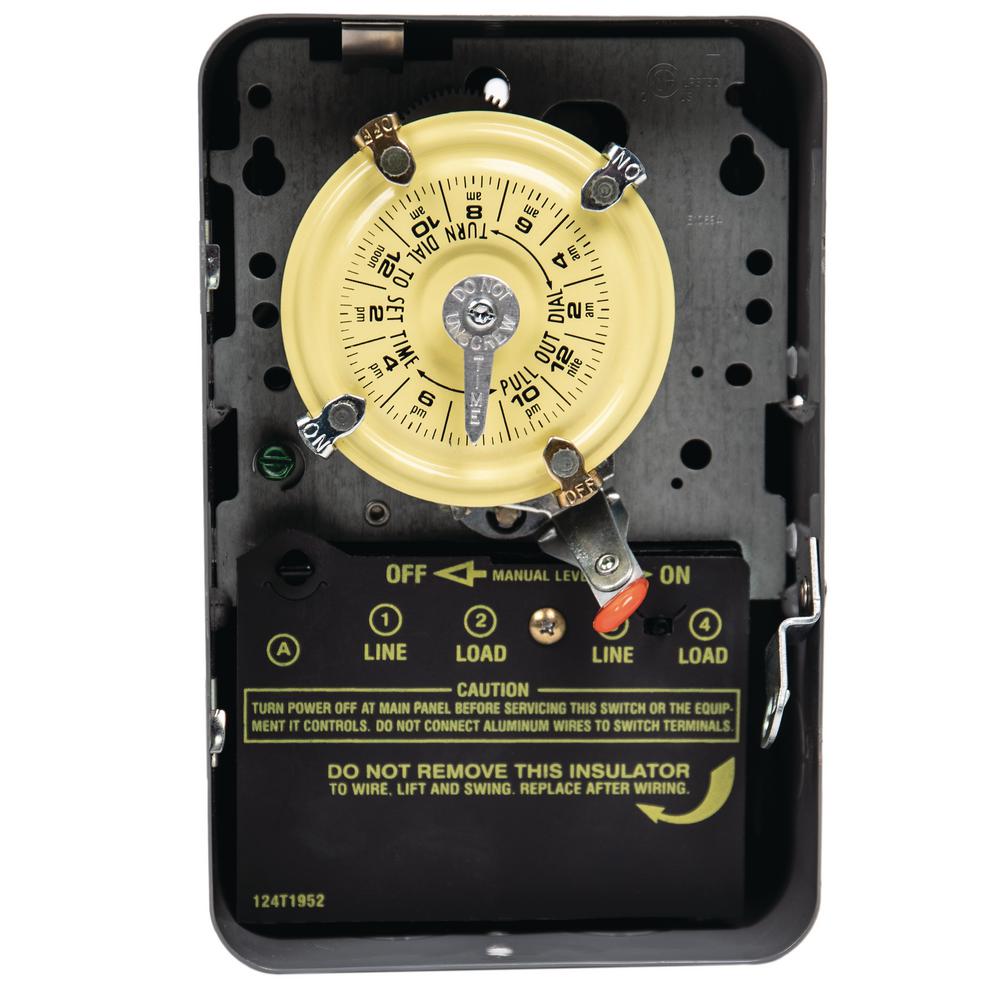

Note that this does not take into account any holidays. In 2021, there are 261 workdays or 2,088 work hours. Do you feel this is getting a bit too complicated? How many work hours are in 2021? How many hours are there in a year 2021?įor 2021, there are a total of 261 days and 2088 hours in the work year. What time is 1/4 of an hour?Īnswer: 1/4th of an hour is 15 minutes. Our percent fraction is 20/100, which means that 15 as a percentage is 20%.

This means 15 minutes can be written as 0.25 hours in the decimal form. In this case, if we convert 15 minutes to hours we write it as 15/60 because 1 hour = 60 minutes. Therefore, option C is the correct answer. Hence, one hour $ 45 $ minutes is $ 7.291\% $ of a day. Therefore, one hour and $ 45 $ minutes $ = 60 + 45 = 105 $ minutes. Now, we are given that to find the percentage in a day for one hour and $ 45 $ minutes. Images related to the topic80 Minute Timer with Alarm, without music 80 Minute Timer With Alarm, Without MusicĪ day is equal to 1440 minutes. For example, 120 minutes equals 2 hours because 120/60=2. To convert from minutes to hours, divide the number of minutes by 60. Information related to the topic how long is 81 minutes.How many minutes are there in the year?.
#40 MINUTE TIMER 1080P#

#40 MINUTE TIMER SERIES#
Just for fun, here’s a series of points spaced according to the output of nextTime. I’m always amazed to see randomness behaving the way we want! > sum() / 1000000 The following expression calculates the average of one million calls, and the results are pretty consistent. Let’s run some tests to make sure that the average time returned by this function really is 40.

The values look pretty reasonable: > nextTime(1/40.0) Update: After writing this post, I learned that Python has a standard library function which does exactly the same thing as nextTime. Return -math.log( 1.0 - random.random()) / rateParameter Import math import random def nextTime(rateParameter): Note that you can’t pass zero to math.log, but we avoid that by subtracting the result of random.random, which is always less than one, from one. Here’s one way to implement it in Python. Given that the inverse of the exponential function is ln, it’s pretty easy to write this analytically, where U is the random value between 0 and 1: The Implementation For example, if we choose the point 0.2 from the top of the graph, the time until our next earthquake would be 64.38 minutes. Simply choose a random point on the y-axis between 0 and 1, distributed uniformly, and locate the corresponding time value on the x-axis. We want to generate random numbers in a way that follows our exponential distribution.ĭonald Knuth describes a way to generate such values in §3.4.1 (D) of The Art of Computer Programming. This function should return random numbers, but not the uniform kind of random number produced by most generators. So, let’s define a variable λ = \(\frac \), you’ll need at least 18 bits of precision from the random number generator, which the Standard C Runtime Library doesn’t always offer.Īnother approach is to sidestep the whole sampling strategy, and simply write a function to determine the exact amount of time until the next earthquake. If 13000 such earthquakes happen every year, it means that, on average, one earthquake happens every 40 minutes. I’ll present one of those functions in this post, and demonstrate its use in writing a simulation. In statistics, there are a bunch of functions and equations to help model a Poisson process. Those earthquakes are scattered randomly throughout the year, but there are more or less 13000 per year. What’s a Poisson process, and how is it useful?Īny time you have events which occur individually at random moments, but which tend to occur at an average rate when viewed as a group, you have a Poisson process.įor example, the USGS estimates that each year, there are approximately 13000 earthquakes of magnitude 4+ around the world.


 0 kommentar(er)
0 kommentar(er)
